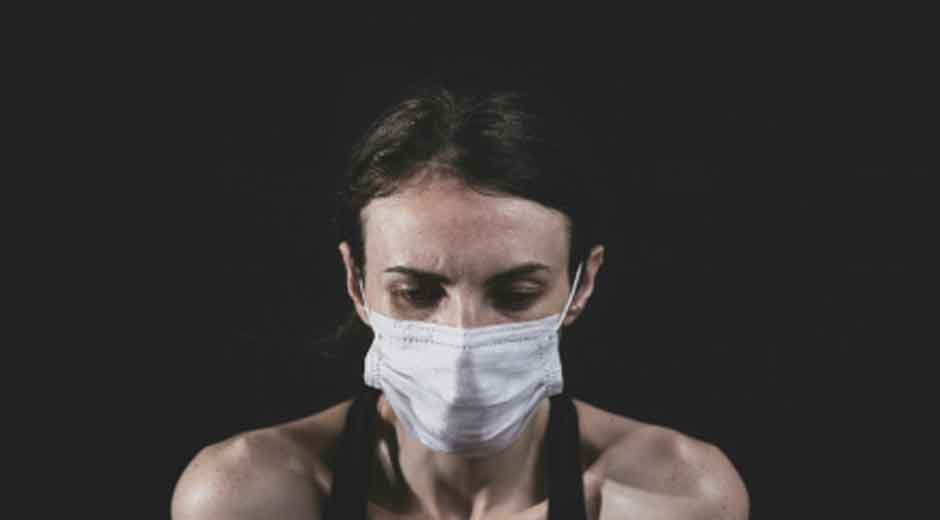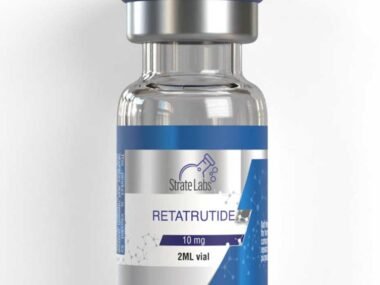In the age of social media influencers, viral content, and algorithm-driven discovery, health trends are constantly emerging with promises of transformation. From intermittent fasting to juice cleanses and cold plunges to high-intensity interval training, modern wellness culture thrives on novelty. These trends are often introduced with the allure of quick fixes, mental clarity, and physical rejuvenation. However, beneath the surface lies a pressing concern: the unintended consequences of chasing health perfection. What begins as a commitment to well-being can spiral into harmful practices when boundaries are ignored, moderation is dismissed, and extreme behavior becomes normalized.
While some trends are supported by scientific evidence and careful moderation, others lack long-term studies, oversight, or proper guidance. The modern desire for self-optimization can push individuals beyond healthy limits, resulting in physical, emotional, or psychological harm. The crucial question is not whether to pursue better health, but rather: when does the pursuit become more damaging than beneficial?
Altered Perceptions: Aesthetic Extremes in the Wellness Race
Among the more visible ways health trends can veer into harmful territory is through the ever-intensifying quest for visual perfection. Social media platforms are filled with meticulously edited content that promotes flawless skin, contoured features, and sculpted physiques. Over time, this relentless exposure can distort perceptions, making the extraordinary appear ordinary—and the natural seem inadequate.
For many, cosmetic enhancements start as a confidence booster, a means of aligning appearance with self-image. But as beauty standards grow increasingly unattainable, a pattern of repeated procedures often follows. In such cases, the line between personal choice and compulsive modification blurs.
One of the more concerning outcomes in this landscape is the quiet normalization of too much plastic surgery—a shift that speaks less to vanity and more to the erosion of self-acceptance. When the pursuit of improvement becomes constant, it no longer reflects empowerment but rather a persistent sense of incompleteness fueled by digital filters and ever-shifting ideals that move the goalpost further each time.
The Detox Delusion: When Clean Eating Turns Toxic
Clean eating was initially a positive movement, encouraging whole foods, reduced processing, and greater awareness of nutritional intake. However, like many trends, its evolution into an identity-driven lifestyle—where food choices become moral decisions—has introduced a darker side. The rise of orthorexia, a condition characterized by an unhealthy obsession with eating “pure” foods, illustrates this transformation.
Social media hashtags and influencer-endorsed diets often romanticize restrictive eating patterns. Gluten-free, dairy-free, carb-free, and sugar-free meals flood feeds with little context, leading followers to adopt these habits without understanding their necessity or health implications. For individuals without diagnosed intolerances or medical needs, blindly following these exclusions can cause nutrient deficiencies, digestive issues, and even disordered eating behaviors. The pursuit of a “clean” body can paradoxically result in malnourishment.
The marketing of detox teas, juice cleanses, and elimination diets adds to the confusion, often promising weight loss, clearer skin, or better digestion without acknowledging the risks. These regimens rarely offer sustainable nutrition and frequently rely on diuretics or extreme calorie restriction, putting the body under undue stress.
The Cult of Fitness: Overexertion and Burnout
Exercise, widely acknowledged as a pillar of good health, can also become an arena of extremity. In today’s fitness culture, especially within online communities, there’s often a glorification of pushing through pain, embracing exhaustion, and “earning” rest. High-intensity interval training (HIIT), marathon running, and powerlifting all have benefits when practiced responsibly. However, constant participation without adequate recovery can lead to chronic injuries, hormonal imbalances, and mental fatigue.
“Never skip leg day” or “no pain, no gain” might be catchy phrases, but they can perpetuate a mindset where rest is seen as a weakness. Sleep, mobility work, and mental downtime are often sidelined in favor of visible results. In worst-case scenarios, this can lead to overtraining syndrome—a state of physical burnout marked by fatigue, irritability, and immune suppression.
The pressure to stay lean or perform competitively, even for non-athletes, is exacerbated by fitness influencers who present themselves as paragons of discipline. Their daily routines, including early morning workouts, rigorous meal plans, and supplement stacks, set a standard that few can meet without sacrificing balance.
Biohacking Gone Too Far
The appeal of biohacking lies in its promise to enhance performance, increase longevity, and optimize mental acuity. With tools like sleep trackers, nootropic protocols, blue light blockers, and cold therapy, many view these practices as empowering. Yet, when taken to extremes, biohacking can morph into compulsive behavior driven more by anxiety than curiosity.
Those deep in the biohacking world might spend hours analyzing biometrics, obsessively adjusting routines, or experimenting with new technologies without professional oversight. The intention—to live better—is admirable, but the fixation on control often undermines the spontaneity and joy of life.
Emotional Wellness or Emotional Overreach?
Mental health awareness has made commendable strides, encouraging open dialogue, therapy, and mindfulness practices. However, even emotional wellness trends are not immune to distortion. The constant drive for inner peace, emotional regulation, and high-vibration living can place undue pressure on individuals to avoid negative emotions altogether. This mindset, often labeled as “toxic positivity,” discourages genuine emotional processing.
Rather than acknowledging the natural spectrum of human emotion—including sadness, anger, or grief—some trends urge people to bypass these feelings through affirmation loops, avoidance tactics, or exaggerated optimism. While positivity is important, the denial of hardship or struggle can lead to emotional suppression, strained relationships, and internal conflict.
A Call for Discernment and Balance
Health trends, at their best, can inspire improvement, offer alternatives, and build supportive communities. But when driven by comparison, insecurity, or commercial agendas, they risk doing more harm than good. There is a thin line between motivation and compulsion, between care and control. Crossing that line often begins with small, well-intentioned steps that escalate over time.
The challenge lies not in rejecting health trends outright but in approaching them with discernment. Does evidence back the trend? Is it sustainable? Does it align with individual needs and values? Most importantly, does it foster long-term well-being without sacrificing mental peace or self-acceptance?
The pursuit of health should not come at the cost of health itself. Recognizing when a trend begins to chip away at one’s physical or emotional integrity is essential. In a world where wellness is often packaged and sold, the true act of self-care might be the courage to say, “This isn’t right for me.” And in doing so, reclaim balance, clarity, and authenticity in the quest for a better life.










